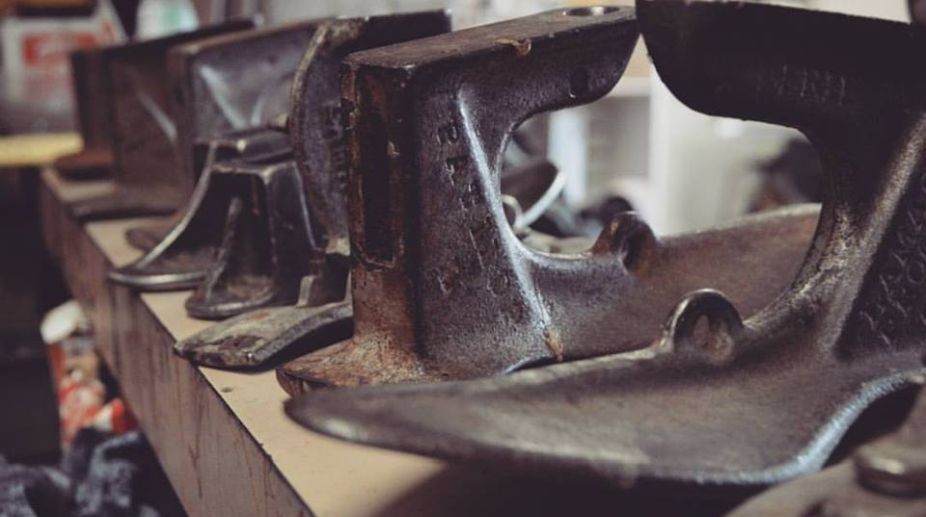Traditional fervour marks Eid celebrations across J&K, Ladakh
Former Jammu and Kashmir chief ministers Dr Farooq Abdullah and his son Omar Abdullah were among the notable persons to offer prayers at the Hazratbal shrine.

Representational image (Photo: Facebook)
On either side of our colleague’s main door that faces the public road were once platforms, one longer than the other. Sona, the older of two brothers, occupied the longer one and Murli the other and they carried on their cobbler’s trade, mending shoes for passers-by and others.
The two had been in occupation of the platforms since the colleague’s great grandfather’s time and had seen father, his brothers and sisters born and grow up in the ancestral house dating back to the 19th century, when it was bought from a Mrs Simon by Col Salvador Smith.
This long association had invested Sona and Murli with certain rights and privileges, and as they lived close by, their families had also acquired a sort of relationship with that of the colleague, who treated Sona and Murli with regard and their families with consideration.
Advertisement
It is years since they died and, since they started living in a nearby village, the plot of land they occupied having been sold out and a house built on it, their families had drifted far away, except for occasional visits. Their sons also drifted away from the cobbler’s trade and became bricklayers and masons. This also has come to an end. But the tradition has not died out.
Now there is Babulal, who sits by one of the platforms and plies the trade. Doing better business than Sona and Murli did, but the family relations no longer exist. Babulal is a "foreigner", because he hails from the eastern districts of UP and keeps his family in his own village.
However, the tradition of a hundred years and more is maintained. There are places where certain things are more likely to be found and the colleague's housefront was identified by the cobbler, just as United Coffee House in Connaught Place was identified by Ramlal, the chiropodist, who didn’t mend shoes but cured aching corns, toenails and bunions.
He used to sit with a small leather bag by his side which, proclaimed his profession. There was a time when he was in great demand in the 1940s, when British soldiers from the Red Fort patronised him but by 1960s he had few customers.
Where he disappeared in the 1970s is not known. Maybe he died of old age ~ the only practitioner of his kind in New Delhi.
However, the house bought 148 years ago in 1869 (the year Ghalib died and Gandhiji was born) still exists in Azam Khan street under a changed ownership. A relic over 180 year old!
Advertisement